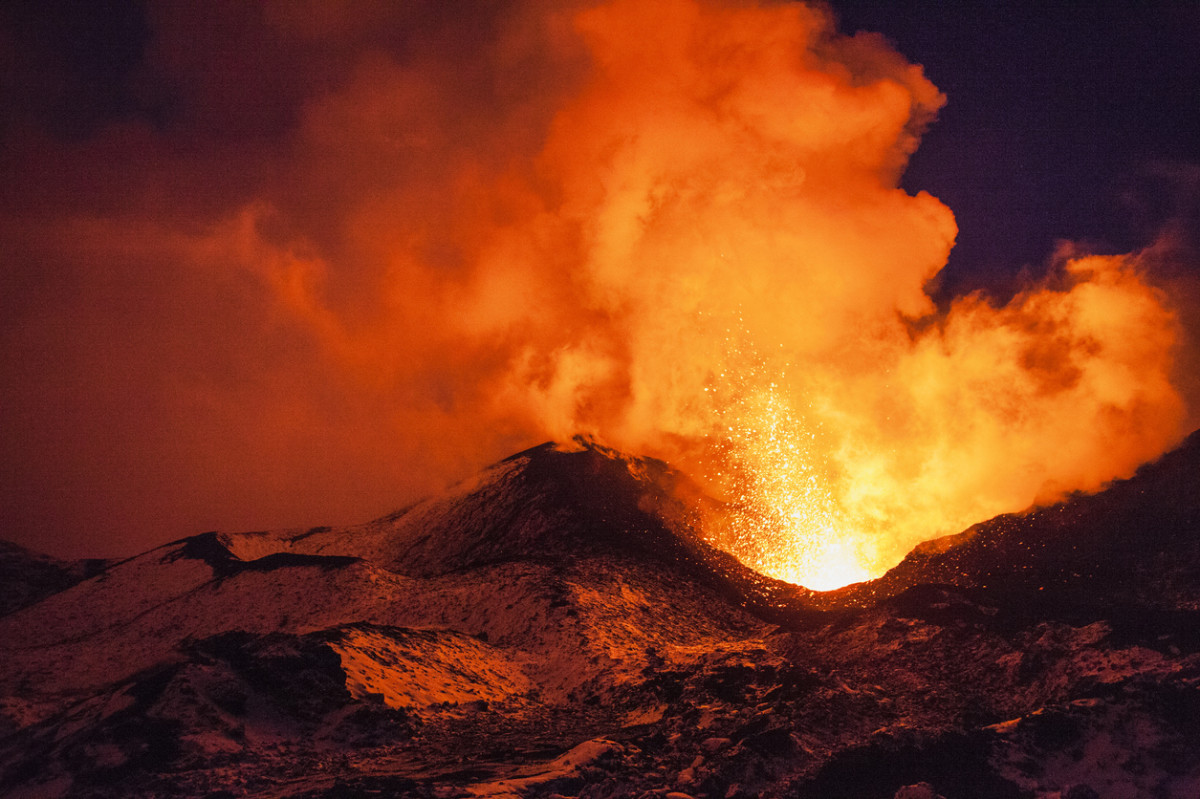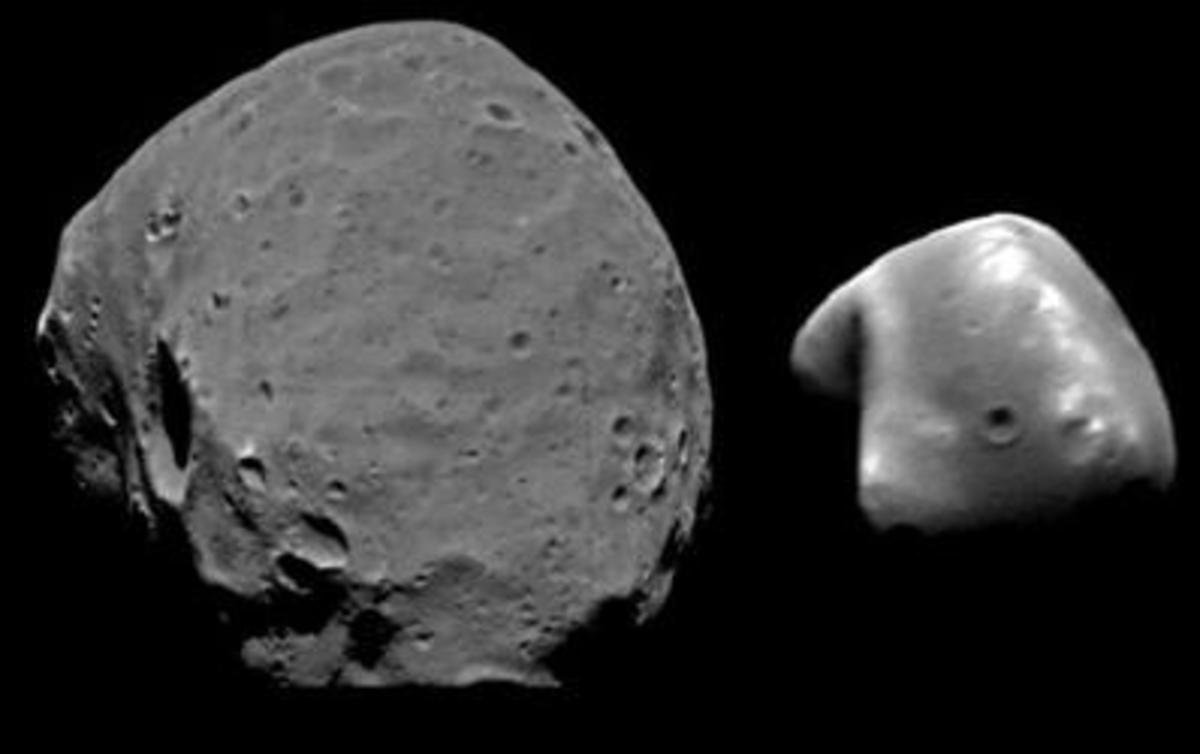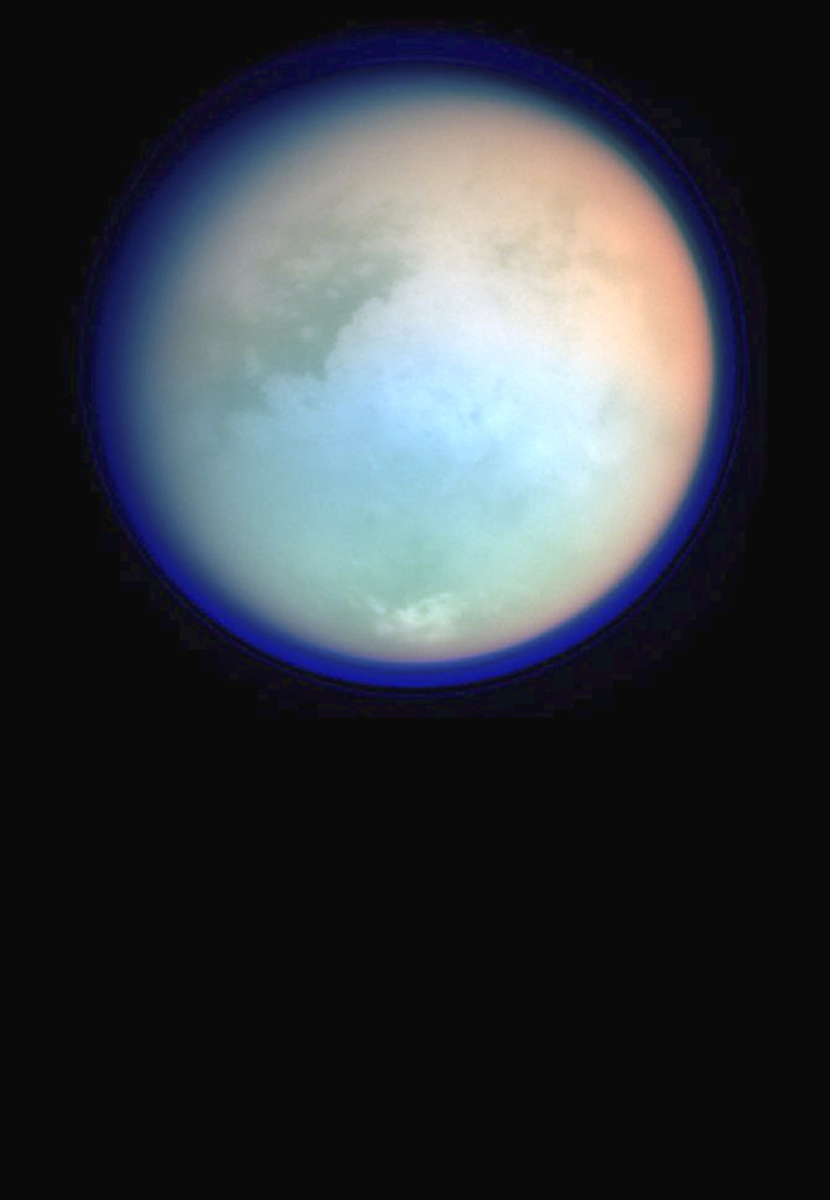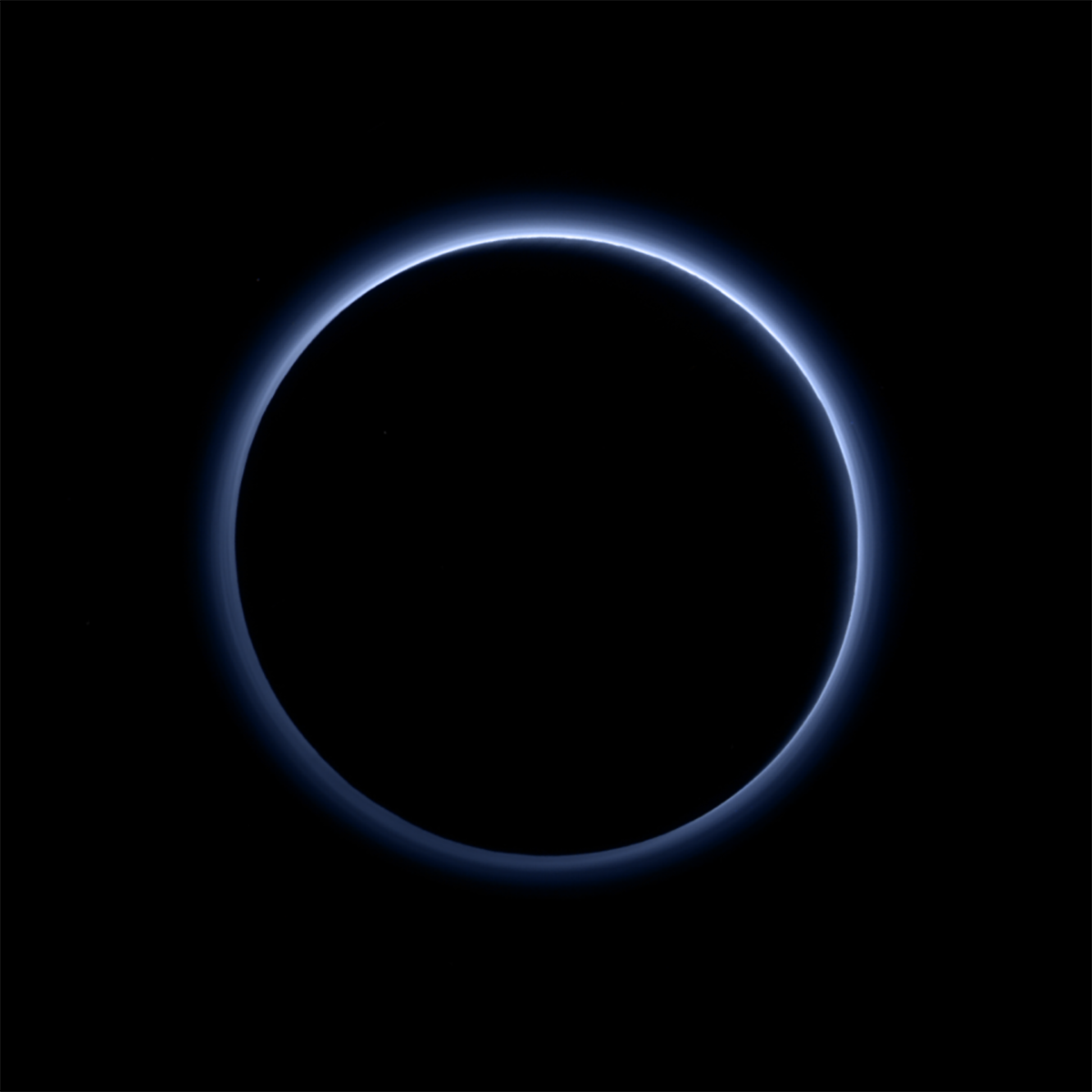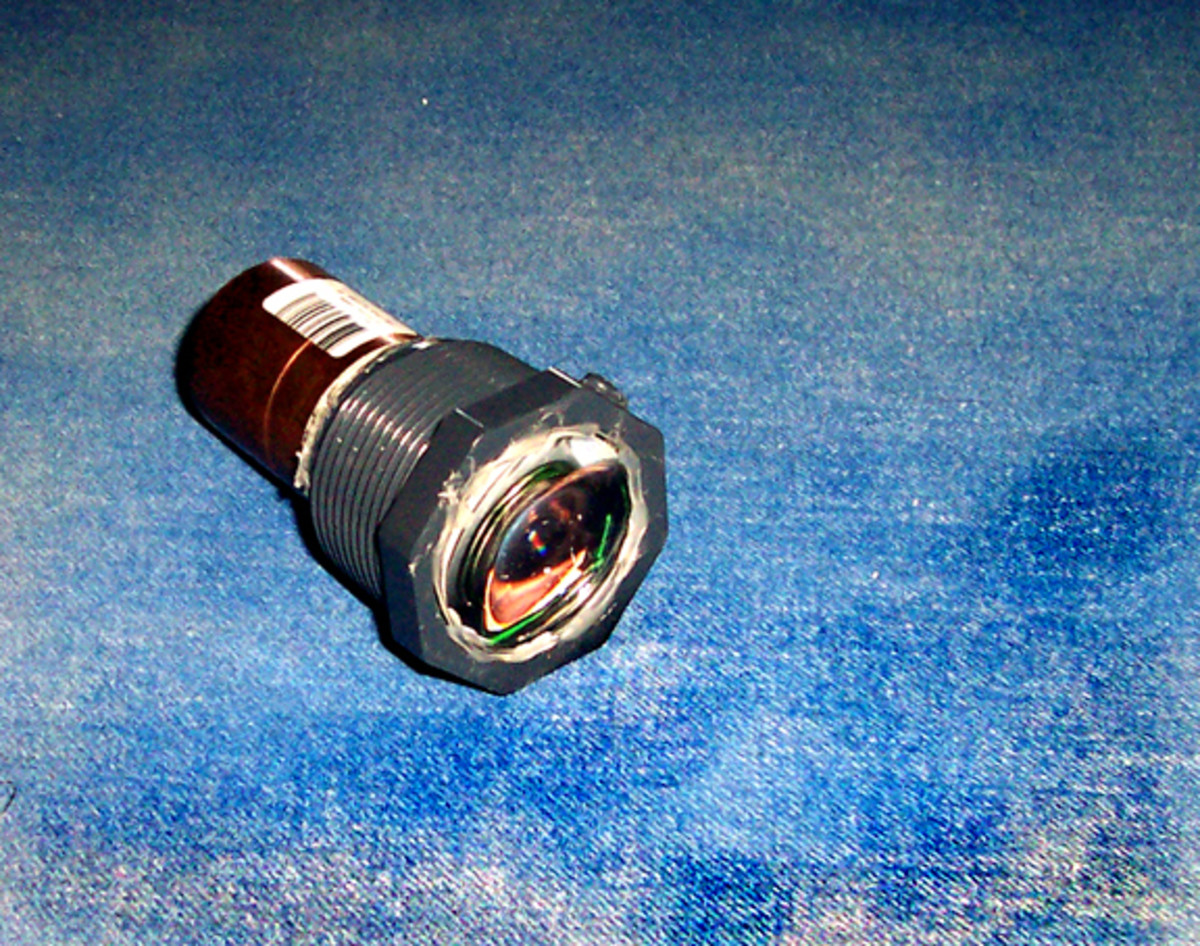What Kind of World Would You See If You Could Land on Pluto? How Big Is the Sun There?
The discovery of Pluto by American astronomer Clyde Tombaugh on February 18, 1930, was a world sensation. At the time, it was recognized as the ninth planet of the solar system.
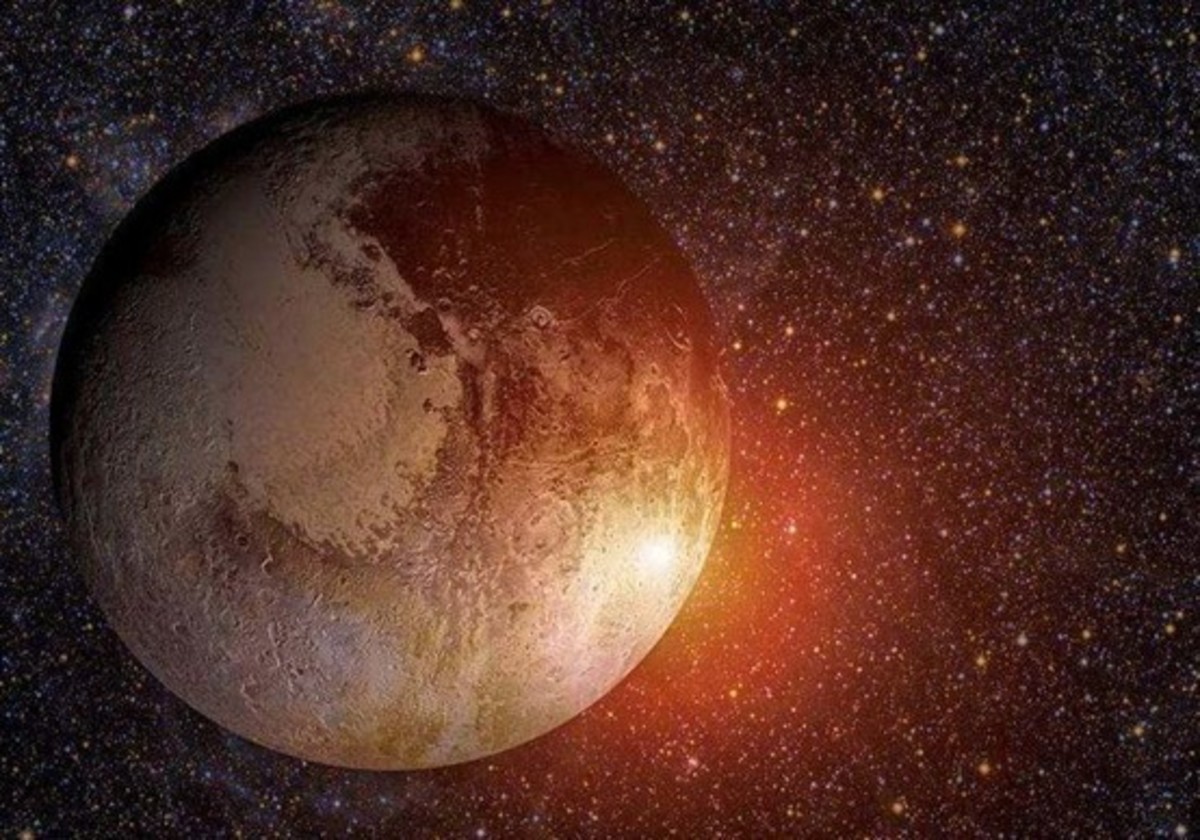
According to astronomers' measurements, it's so far away that it has a rotation period of 248 years around the sun. In other words, after 90 years, Pluto has not even completed half a revolution. I'm afraid that we will not see the end of this life, it rotates "one year".
What does a celestial body so far away really look like? If you could land on Pluto, what kind of world would you see?
How hard is it to land on Pluto?
It has to be said that landing on Pluto, at least for the time being, is unlikely.
On January 19, 2006, the New Horizons probe was launched from the Kennedy Space Center at Cape Canaveral, Florida, USA. It took nine and a half years of space travel before it reached Pluto, where it launched the first close-up exploration of the planet in human history. Then it left with a mission to leave Pluto behind. At its closest point, it was only about 12,550 kilometers from Pluto's surface, about the diameter of an Earth.
It's not that humans don't want it to land on Pluto for deeper exploration, but the practicalities don't allow it. What exactly are the difficulties of landing on Pluto?
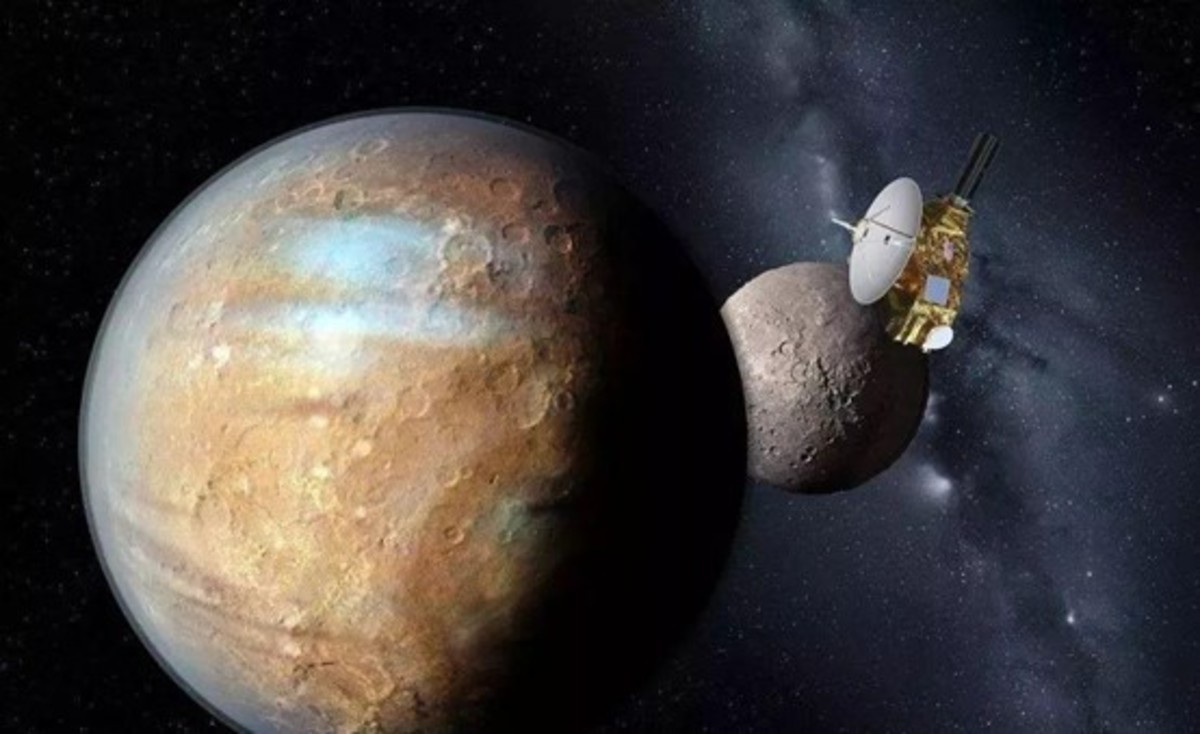
First of all, the distances are too great and the mission cycles are long. That's still second, the main thing is that energy can't keep up. Pluto's surface has almost no atmosphere, so a lander that wants to make a soft landing without the deceleration of atmospheric friction would have to use more fuel for autonomous deceleration. At the same time, Pluto's surface can receive very limited sunlight, with solar energy is not very realistic, so it must also be relatively traditional fuel.
Therefore, even if we don't care about the death of this astronaut, we don't have enough capacity. Some people have calculated that if you want to send a person to Pluto, with the gravity of the fuel just mentioned, it would be extremely demanding in terms of rocket launch capability, and it would take at least two Falcon IX Heavy rockets to do it.
And, even if we had that launch capability now, we'd still have to consider the safety of the astronauts - we can't really send them to their deaths, can we? The harsh cold temperatures on Pluto's surface turn it into a hellish world. Therefore, we must have more advanced spacesuits to ensure that astronauts land on Pluto.
Okay, you guys didn't click in here to see me throw shade. Let's just pretend we've traveled and human technology is at that level. So, what kind of world do you see when you set foot on Pluto?
Solar
Looking at the sun on Pluto is a completely different scene than on Earth. In fact, the sun isn't even strong enough to light up Pluto. Of course, this is not only caused by the distance being too far away, but also because Pluto has almost no atmosphere. And without the scattering of the atmosphere, the sun is only bright in that one area around it, the rest of it remains a dark night sky.
So how big is the Sun as seen from Pluto?
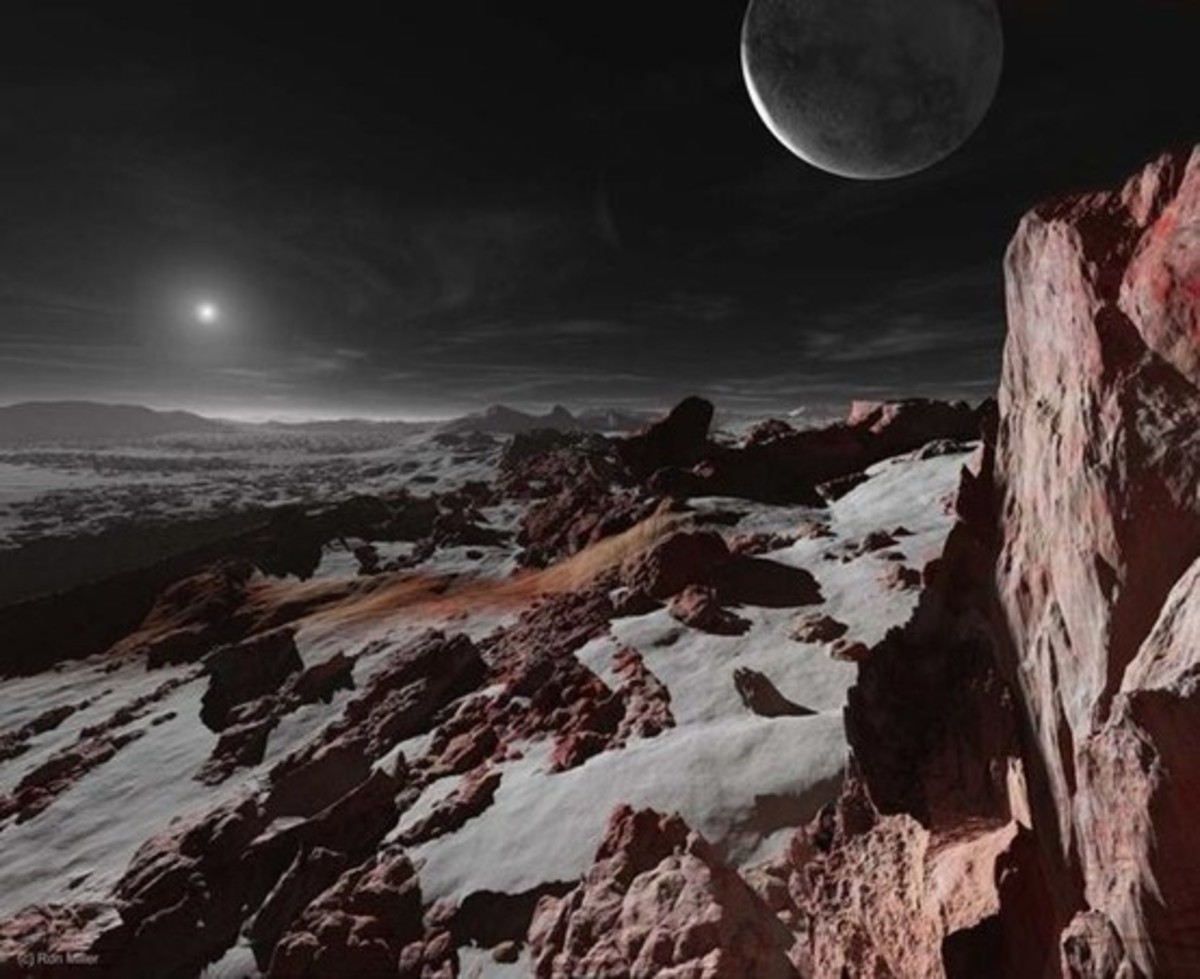
Pluto is 4.436 billion kilometers from the Sun, which is about 30 times the distance between the Sun and the Earth. Therefore, the Sun from Pluto, the diameter is only about 1/30th of the diameter on Earth. we usually a celestial object visual effect, are described by the apparent diameter. For example, the Sun as seen from Earth is about 0.5°. What is this concept? If you make a fist of one hand and stretch it out as far as it will go, the apparent diameter is about 10°, and the Sun's apparent diameter is 1/20th of your fist.If you look at the Sun from Pluto, the apparent diameter is only 1/30th of the Earth's, which is about an angle of one arcminute.
However, if you think that the sun is very faint from there, you are very wrong. Even from over four billion kilometers away, the Sun is still incredibly bright. You still can't look directly at the sun without being in great pain. The brightness of a celestial body is inversely proportional to the square of the distance, and a rough conversion, ignoring the effect of the Earth's atmosphere, shows that the Sun on Pluto is 1/900th as bright as the Earth's. This ratio may seem exaggerated, but it's not really so.
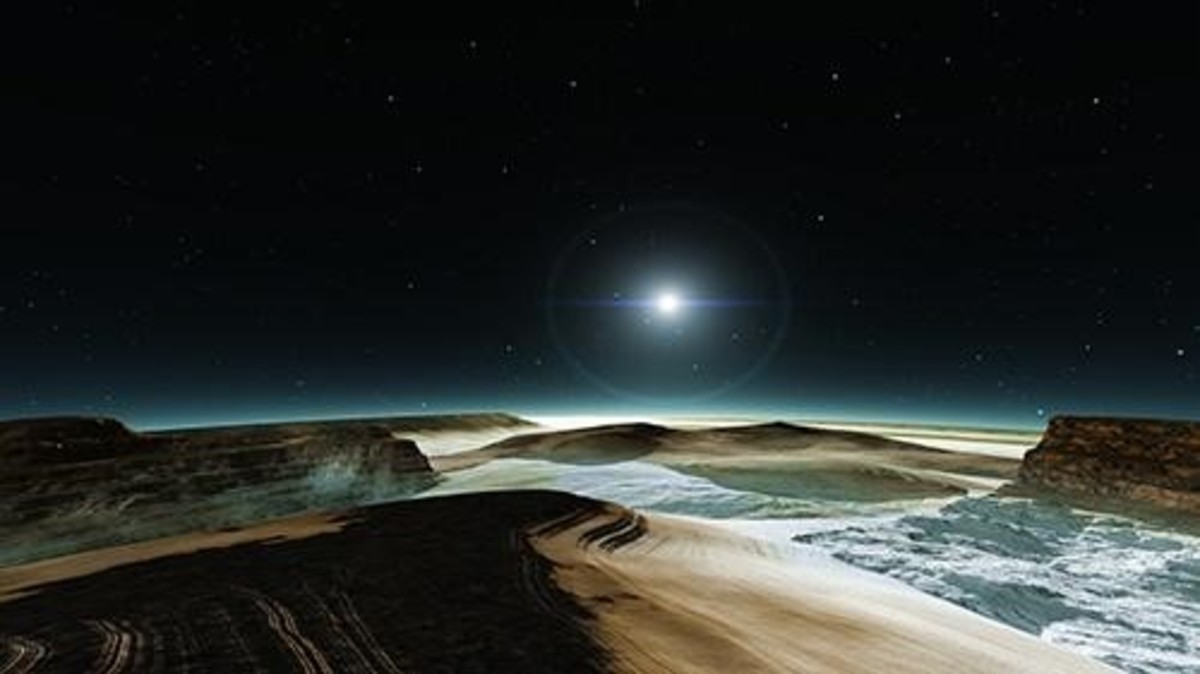
We know that astronomy describes the brightness of a celestial body using apparent magnitudes. In this, there is a 100-fold difference in brightness between every six magnitudes, with smaller numbers representing the moon. The apparent magnitude of the Sun as seen from Earth is -26.71 magnitudes, so the brightness of the Sun on Pluto equals about -19 magnitudes. What is this concept? The apparent magnitude of a full moon is about -13 magnitudes, which means that the sun on Pluto is still 251.2 times brighter than a full moon on Earth!
(Space) Satellite
The most spectacular thing over Pluto, I think, is still its moon, Cajon. Cajon is the phonetic name, the direct translation is Pluto. It is the largest moon of Pluto, with a diameter of about 1,212 kilometers, which is about 1/3 the size of the moon.
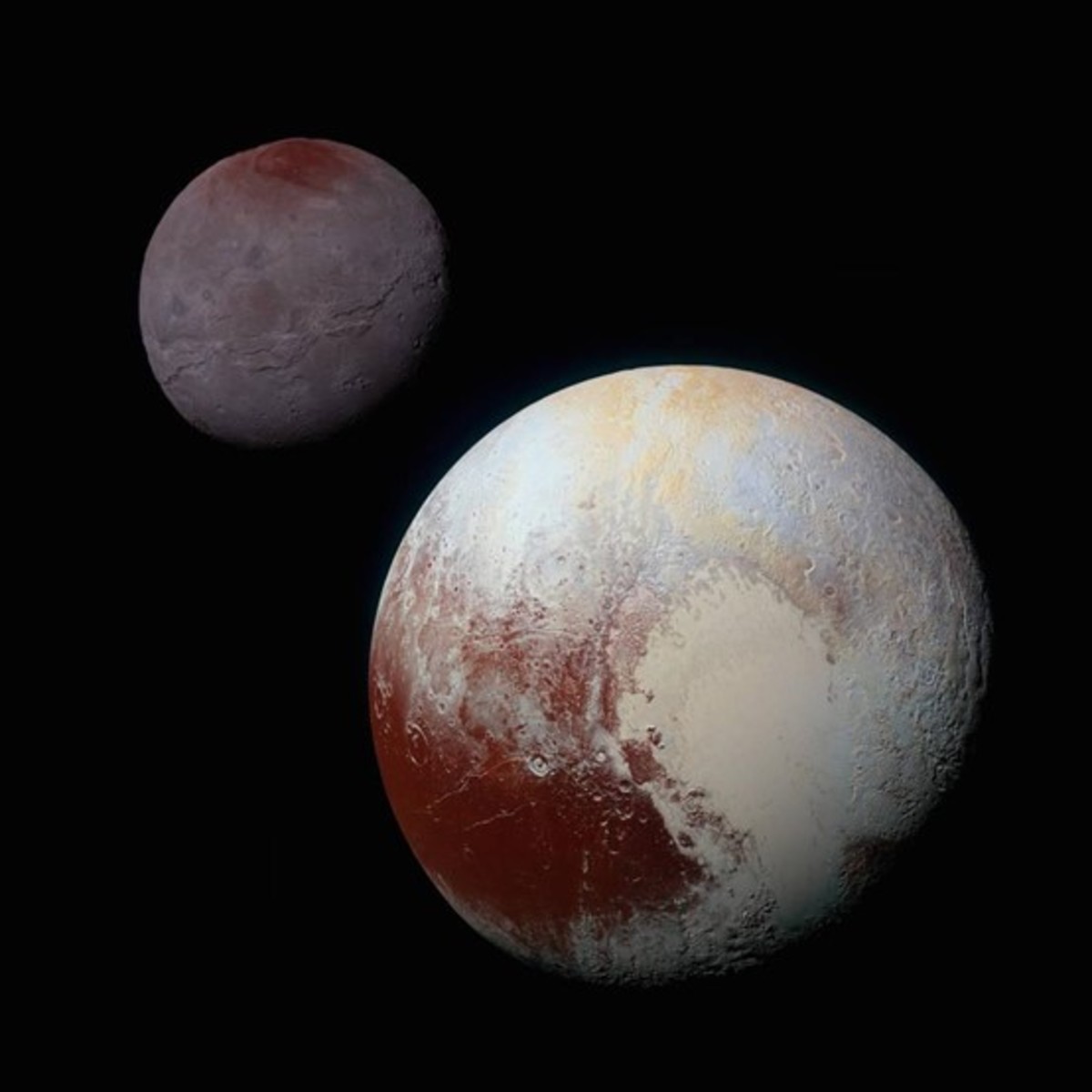
However, the distance between Cayron and Pluto is only 19,740 kilometers, or about 1/20th of the Earth-Moon distance. Therefore, if you stand on Pluto and look at Cajon, its visual diameter effect is about 6.7 times that of the full moon, which is spectacular. However, it may not be as bright as the Moon because it is so far away from the Sun.
But, then again, whether or not you can see Cajon depends on where you're standing. Unlike the Moon, Cajon doesn't rise in the east and set in the west, but is permanently fixed in one position. The Moon is gravitationally tidally locked to the Earth, and everyone knows this. But for Pluto and Cajon, they are tidally locked to each other, so both will always have only one face toward each other. If you land in the wrong spot, you'll never see Cajon for the rest of your life.
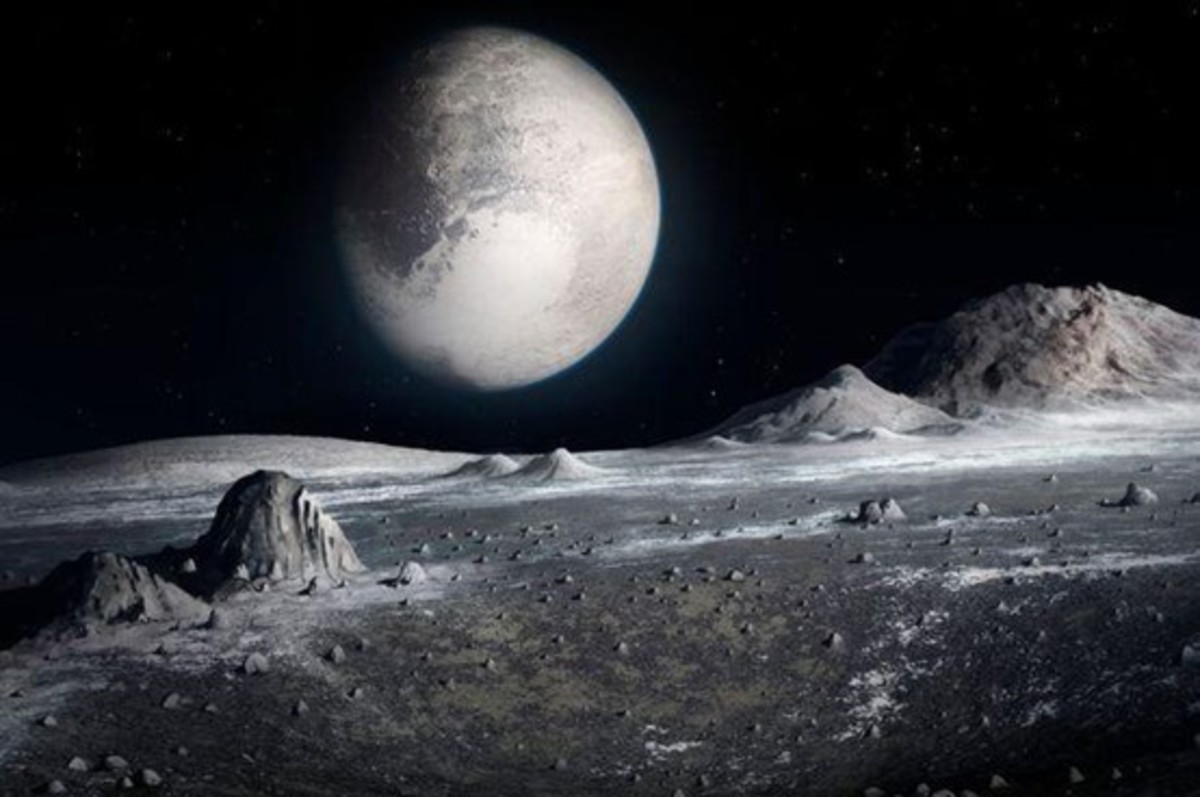
Even if you can't see Cajon, you still have a chance to see Pluto's other moons. Pluto has a total of five moons, though all of them are very small. Due to the distance, it is difficult to say exactly how big Pluto's other moons are. Roughly speaking, Pluto III is probably the largest of them all, but it will not be more than 160 kilometers; Pluto IV is the smallest, with a narrowest point of less than 4.5 kilometers, and its surface area is not as large as that of Beijing's Chaoyang District.
Face
Well, look up at the stars too long and your neck will get sore, take a good look at the world you're treading on.
Pluto's surface is not completely flat, as far as the eye can see, "the mountain plains are vast", and it is always more than a thousand meters high, the highest more than three thousand meters. Unlike the mountains on Earth, the mountains on Pluto's surface are made of ice. However, under the extremely cold temperatures on the surface of Pluto, the hardness of these ice blocks is no less than that of stone.
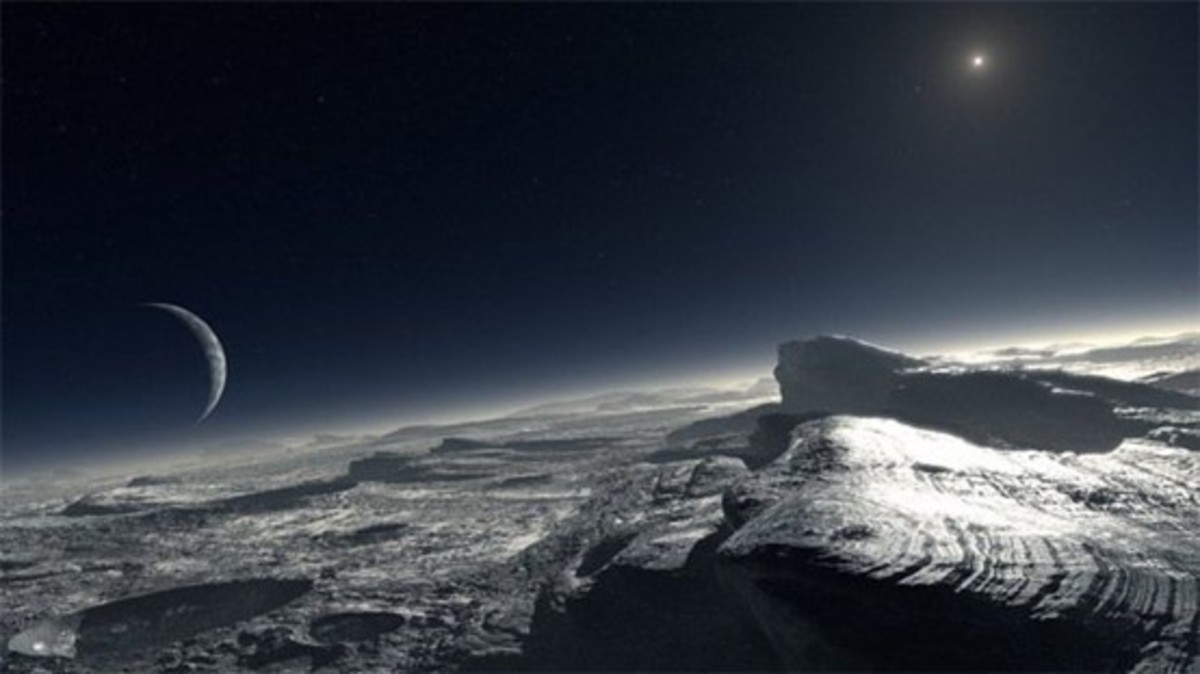
Scientists have also found craters on Pluto's surface, though it has not yet been seen to actually erupt. If it really is a volcano, it's not magma that it's spewing out, but ice.
Heart of Pluto
Pluto's surface is best known for the Tombaugh region, a huge plain spanning 1,590 kilometers. It gets its name from its discoverer, Tombaugh. It has been dubbed the Heart of Pluto by NASA because of the distinctive heart shape it presents.
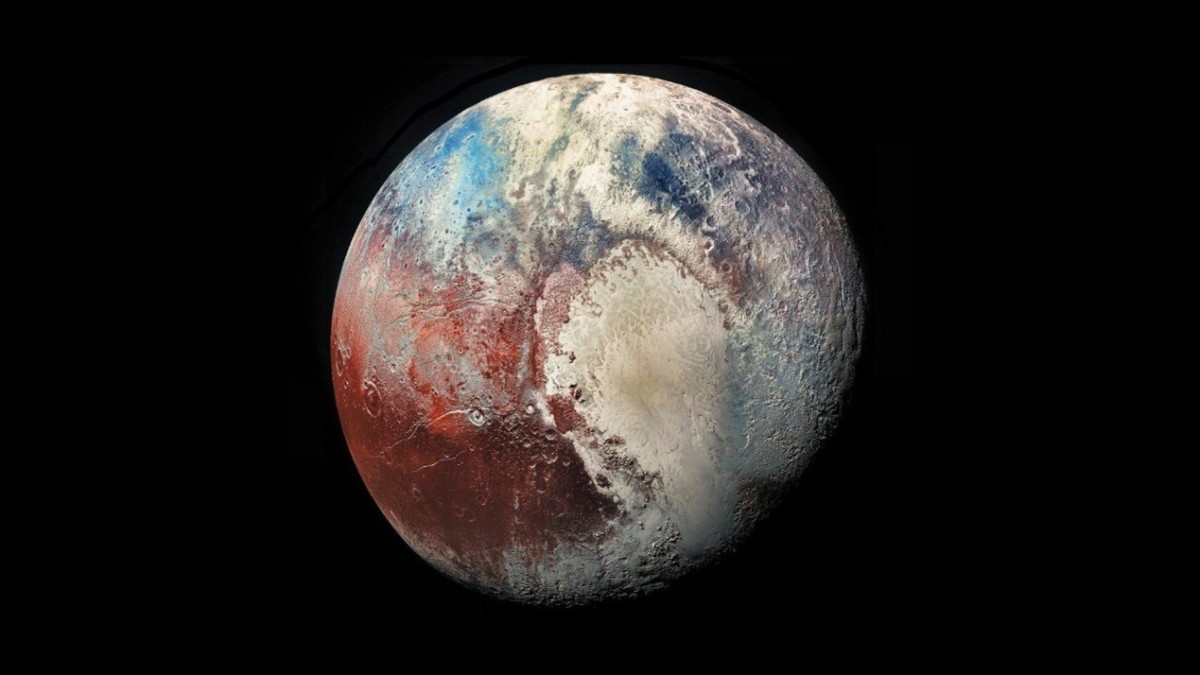
The heart of Pluto is a huge glacier, but instead of water ice, it's solid nitrogen and methane.
Subsurface Ocean
According to the information returned by the New Horizons probe, scientists speculate that a huge underground ocean may be hidden hundreds of kilometers below the surface of Pluto. So here's the question: why does Pluto have a liquid underground ocean when its surface temperature is only -223°C?
Scientists further analyzed that Pluto has a rocky inner core that contains a lot of radioactive elements. When they decay, they release heat. However, since this nucleus is relatively not very large, the amount of heat released is not very much. Even so, this is enough to keep the subsurface oceans liquid and could even lead to geological changes similar to the movement of Earth's plates.
So if you ascend to Pluto, remember to watch out for Pluto quakes.
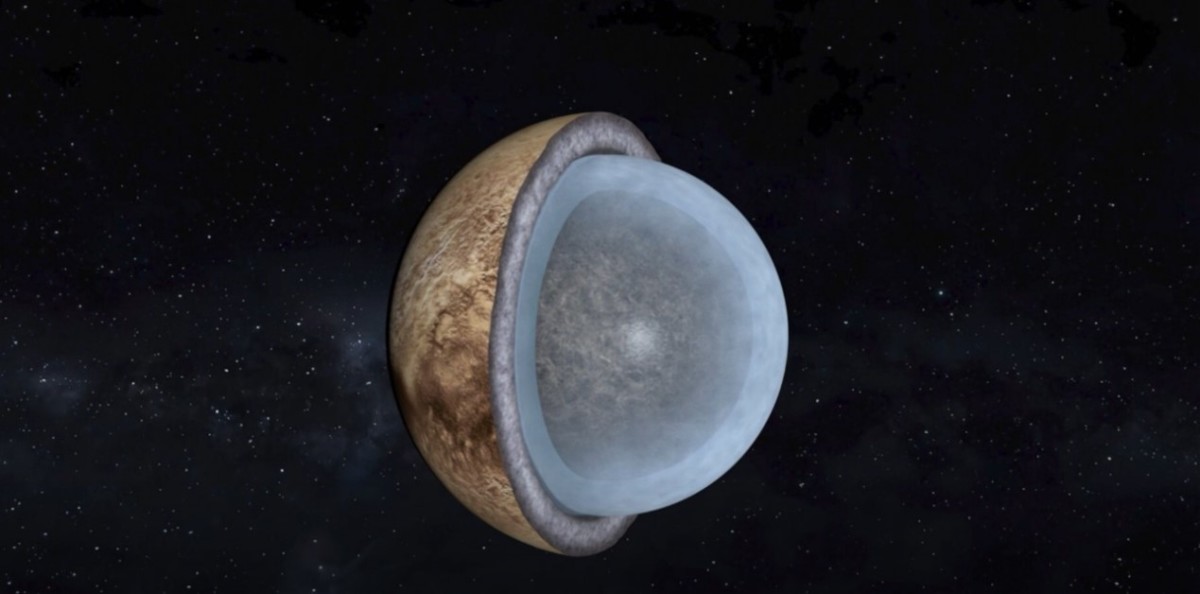
Probably, when you saw the underground ocean just now, you already wanted to ask me a question: is there life in Pluto's underground ocean?
That's a question we don't know yet. After all, the New Horizons probe carries a limited amount of equipment, and its focus is not just on Pluto, so it remains an open question.
But then again, you've been on Pluto, just see it for yourself, and don't forget to let me know when you get back. ......

